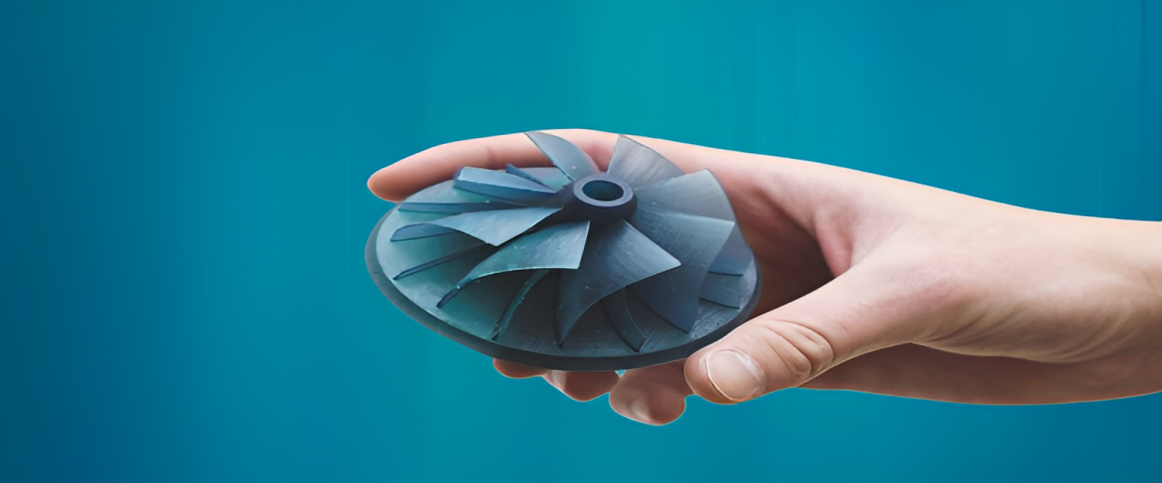
Best
Best
SLA 3D Printing Services in Chennai
3Ding offers SLA 3D Printing Services that are suitable for a wide range of industries, including jewelry, dental, and medical industries, where high accuracy and precision are important. Our team of experts and advanced equipment ensure that each project is completed to the highest standards. If you're in need of a reliable and cost-effective solution for your prototyping and manufacturing needs, 3Ding is an excellent choice. In addition to SLA 3D Printing, 3Ding also offers other Services such as 3D Scanning, 3D Designing, SLA and SLS 3D Printing Services. Their goal is to provide their customers with the highest quality products and services at competitive prices.
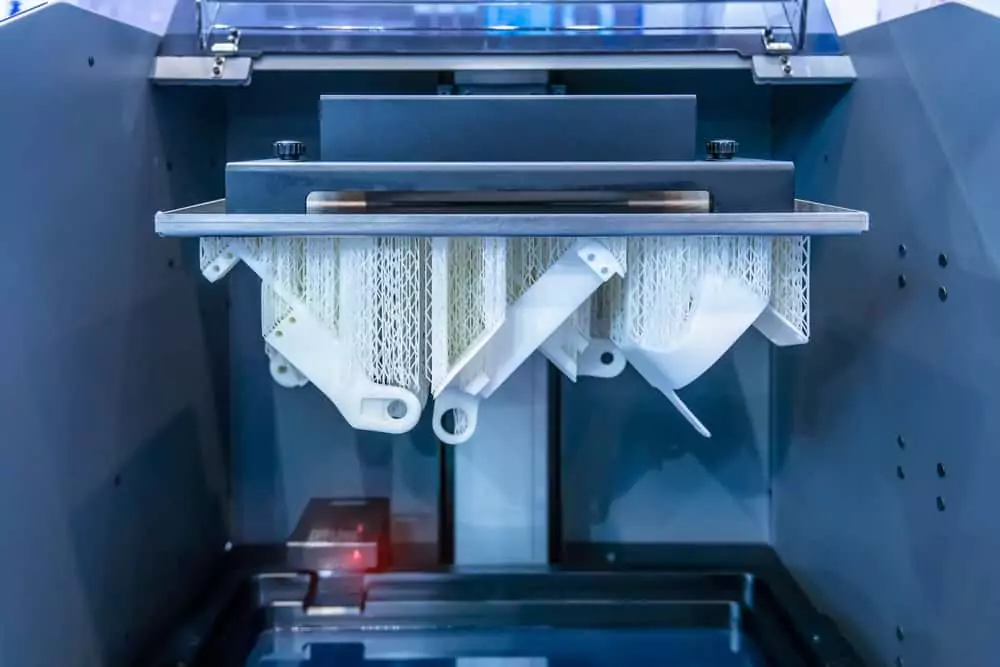
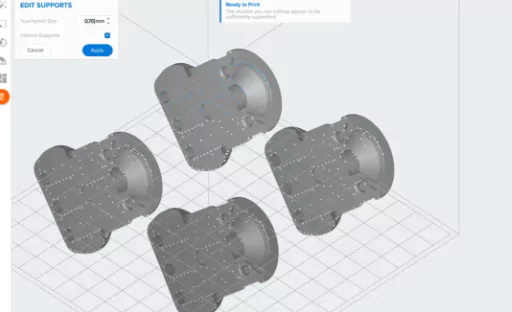
Create your model in CAD or 3D scan data, export as STL or OBJ. SLA printer software lets you set parameters, slice the model into layers, and, once set up, transmit instructions to the printer wirelessly or via cable.
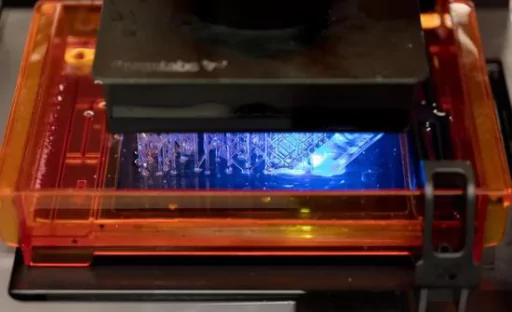
The printing process begins after a quick check of the correct configuration, and the machine can operate unattended until the print is complete. The substance is automatically replaced by the machine in printers that use a cartridge system.
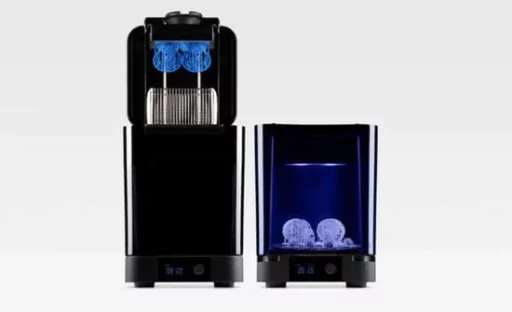
After printing, clean with isopropyl alcohol. Some materials may need post-curing. Remove supports, sand for a smooth finish. SLA pieces can be machined, primed, painted, and assembled for unique applications.
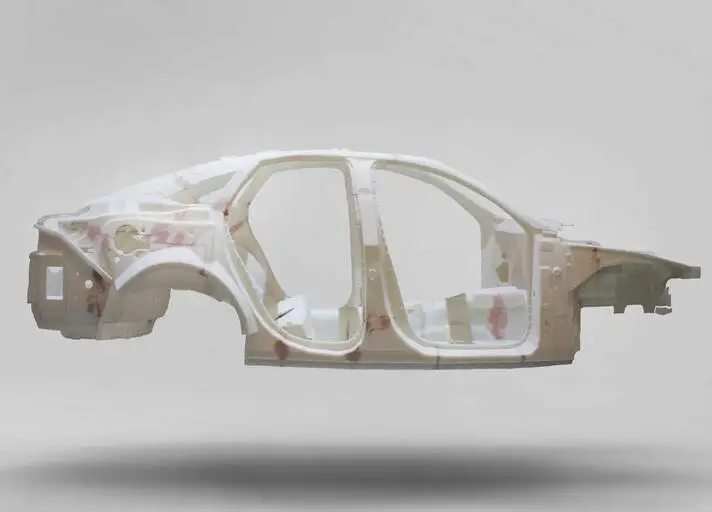
3Ding is a leading provider of SLA 3D printing services, with a wide range of services that can help businesses and individuals bring their ideas to life.

Experienced Designers

Quality Output
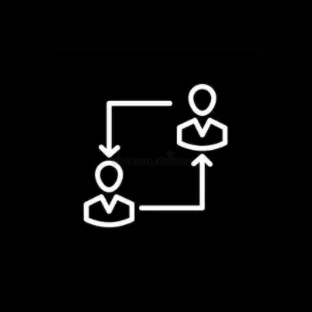
Communication and collaboration

Affordable Price
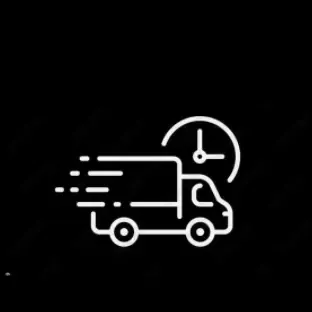
Fast Turnaround

Advanced Technology
SLA (Stereolithography) 3D Printing materials are typically photopolymers that are sensitive to UV light. When exposed to UV light, these materials solidify and bond to the previous layer, forming the final 3D object. These materials have a wide range of properties, including flexibility, strength, and transparency, and are often used for creating prototypes and small-batch production parts. Some SLA materials are also biocompatible and can be used for medical applications.
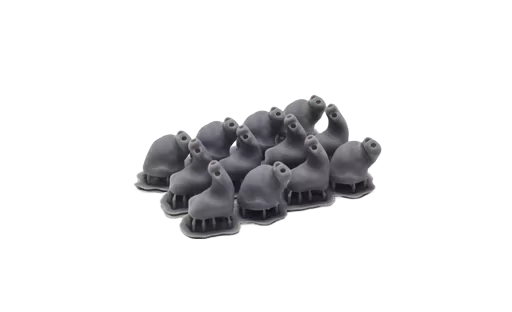
Standard resins generate prints with great rigidity and resolution, as well as a smooth injection molding-like finish. Standard resin is great for concept modelling, rapid prototyping, and more aesthetic 3D Printing projects.
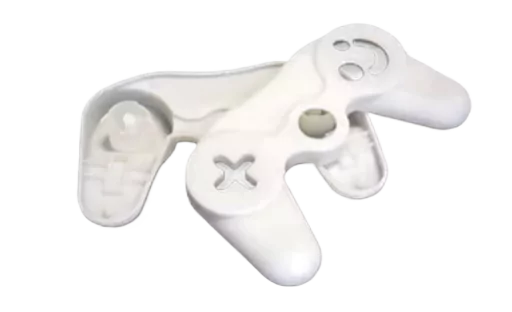
Tough resin, like ABS, was created for applications that require materials that can tolerate extreme stress and strain. This material will yield strong, shatter-resistant pieces as well as useful prototypes such as enclosures with snap-fit joints or robust prototypes.
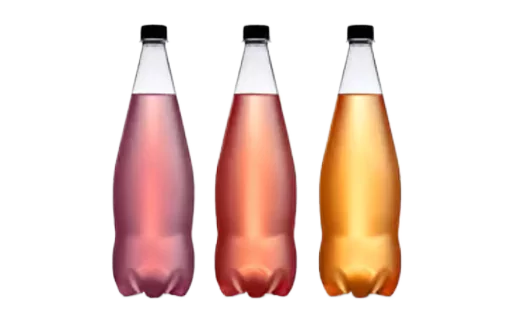
Clear resin has mechanical qualities similar to ordinary resin, but it can be post-processed to achieve near optical transparency. Clear resin is suitable for displaying interior elements, LED housings, and fluidic devices.
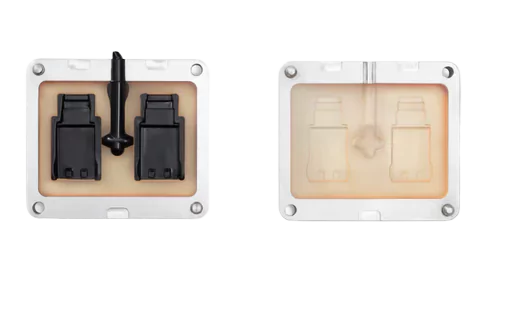
Heat-resistant resin is appropriate for applications requiring strong thermal stability and operation at high temperatures. It also has a high impact strength, stiffness, and temperature resistance.
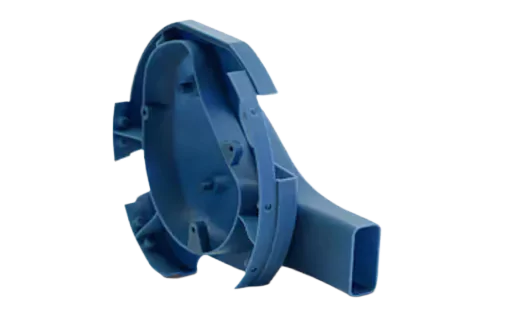
Parts requiring high flexibility (high elongation at break), minimal friction, and a smooth surface finish might benefit from durable resin. Durable resin is ideal for prototyping consumer products such as snap fittings, ball joints, and low-friction moving parts.
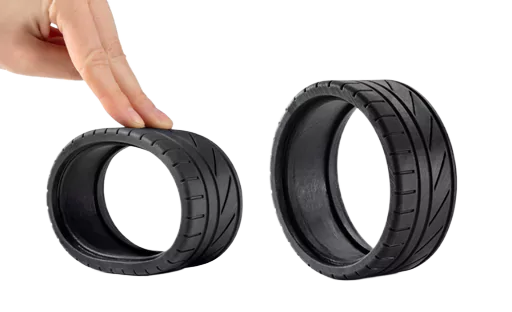
Rubber-like resins can generate parts with low hardness and high flexibility but fall short of actual rubber's performance. This material is great for prototyping wearables, multi-material assemblies, handles, grips, and overmolding.
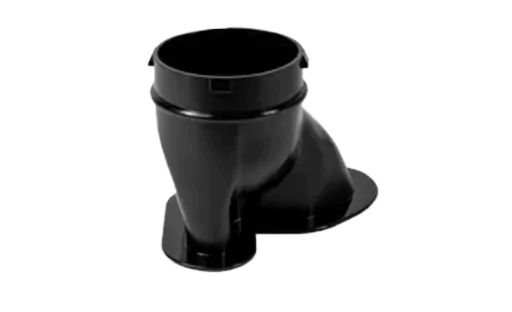
Rigid resins are reinforced with glass or other ceramic particles, resulting in extremely stiff and rigid products with an extremely smooth surface finish. Molds & tools, jigs, manifolds, fixtures, electrical application housings, and automotive parts are all good candidates.
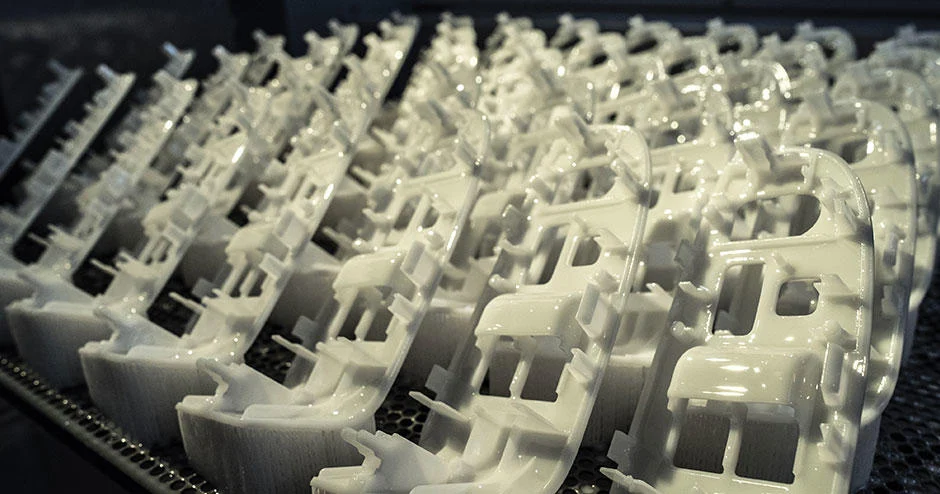
Materials
Photopolymer resins (thermosets)
Dimensional accuracy
± 0.5% (lower limit: ±0.10 mm) – desktop
± 0.15% (lower limit ± 0.01 mm) – industrial
Typical build size
Up to 145 x 145 x 175mm – desktop
Up to 1500 x 750 x 500mm – industrial
Common layer thickness
25–100 µm
Support
Always required (essential to producing an accurate part)
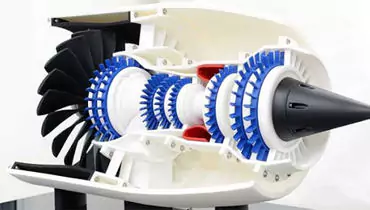
Aerospace
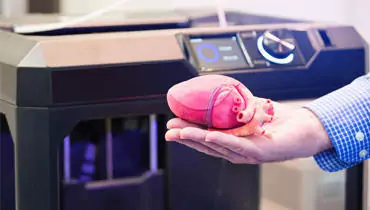
Medical
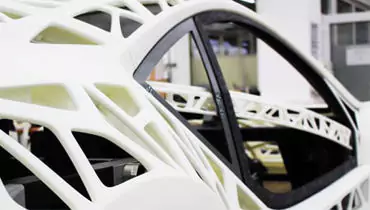
Automotive
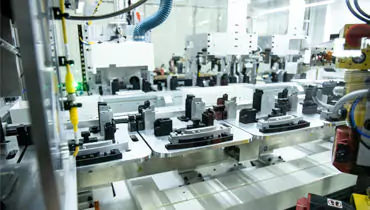
Automation Equipment
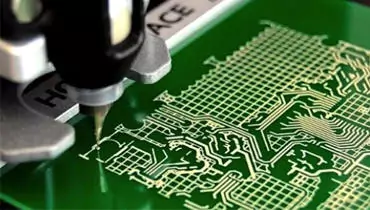
Electronic Product
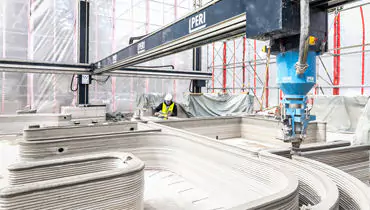
Construction
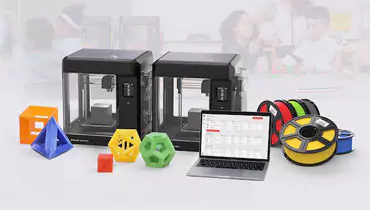
Education
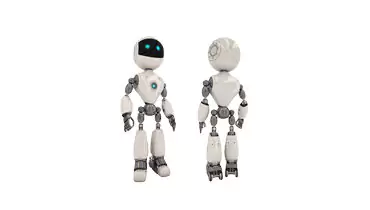
Robotics